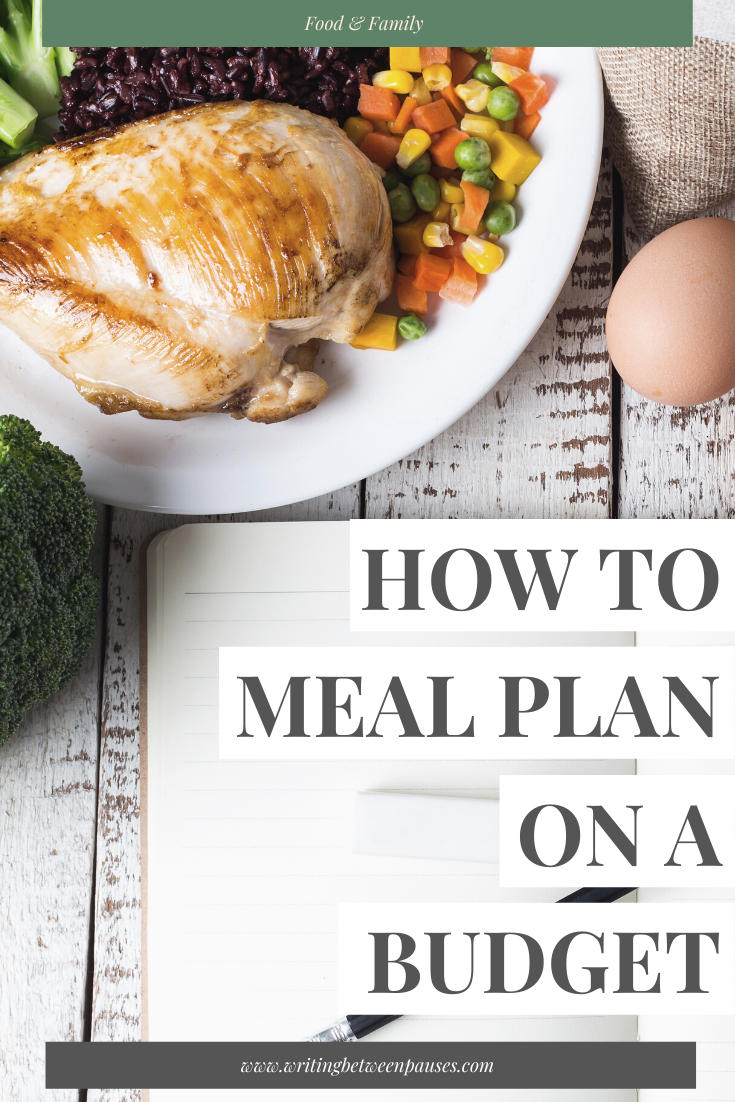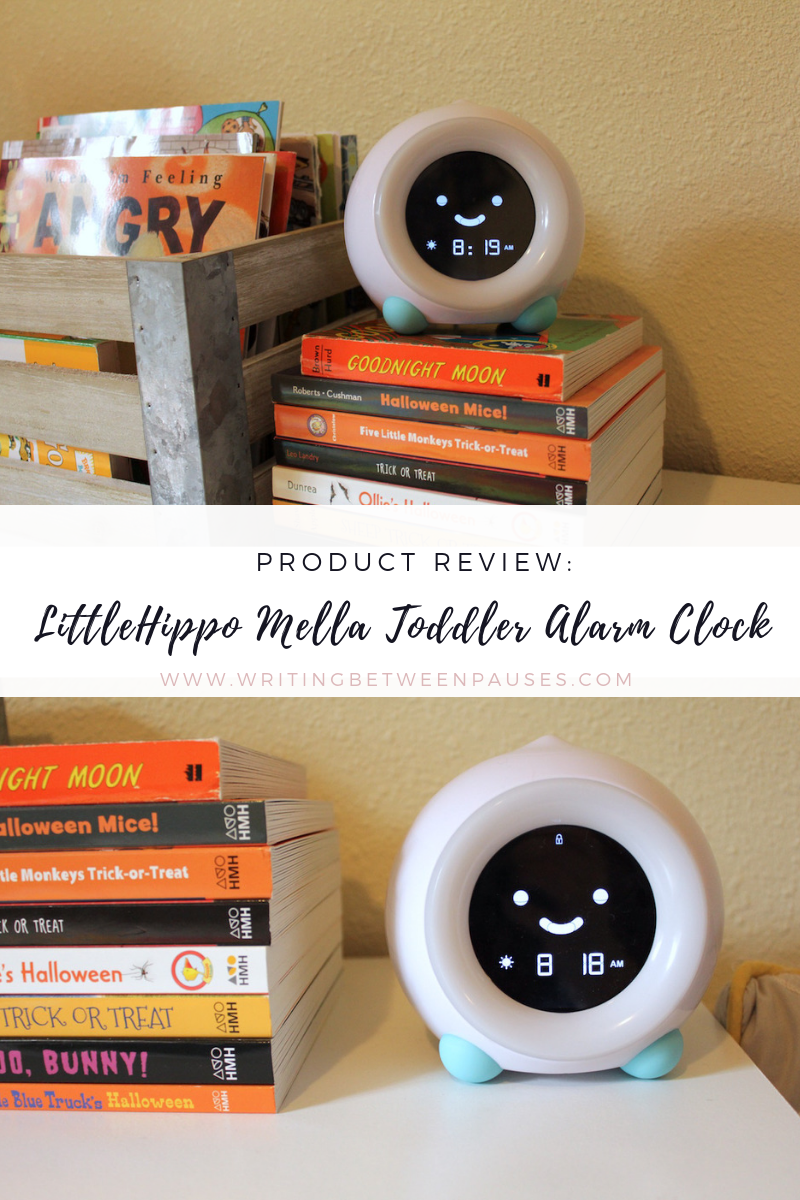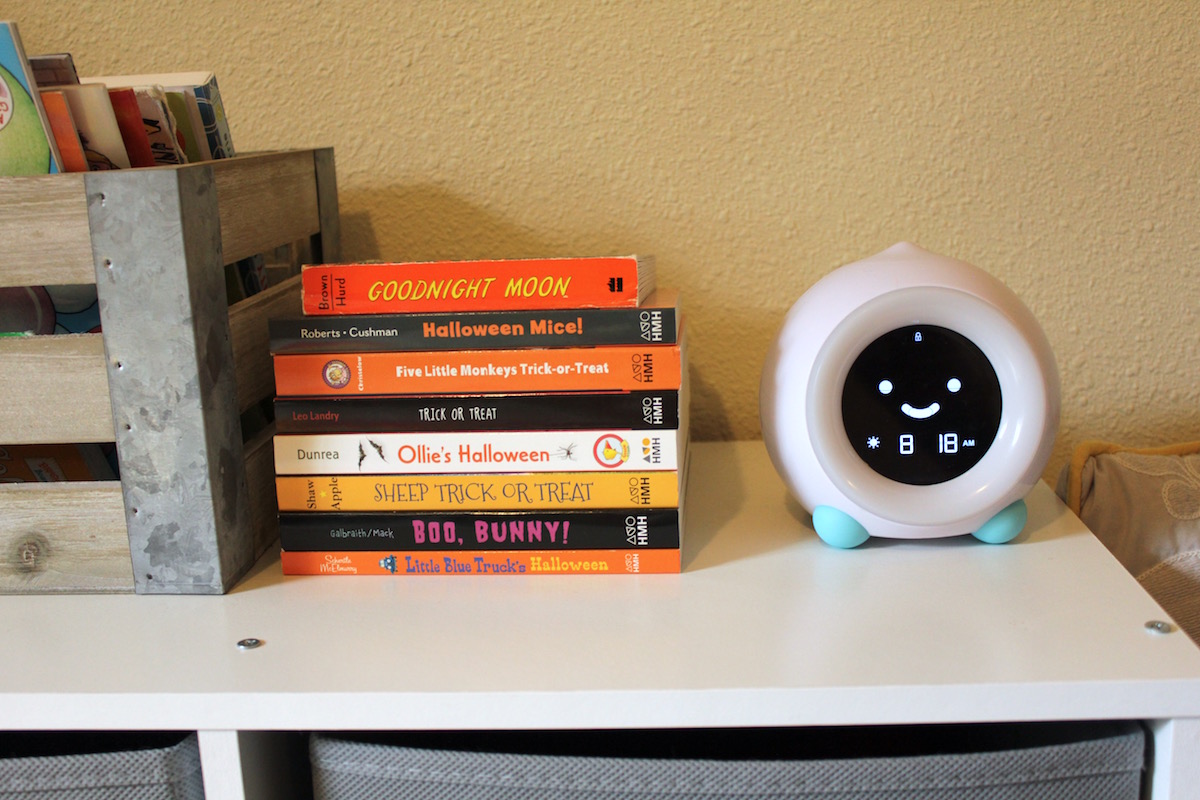I am incredibly lucky that Forrest is a highly independent, easy-going child. Most of the time. He thrives on routine, which is why when school finished up, we needed to sign him up for something; thankfully, his preschool offered a summer program & we jumped at the opportunity for him to have more school.
But I know once August rolls around, he’s going to be tired of staying at home.
To save money, I often try to find fun things to do at home. I’d love to be able to take him to the beach (a 70 mile drive) or to the zoo (a 3 hour drive), but all those things cost money. Outside of his summer school, swim lessons, sports team, and everything else costs money—and with moving into a new house, we are trying to save wherever we can.
My husband is a teacher, which means I’ll be trying to work as much as possible during the summer and he will have a nice break. However, he’s not quite as used to how quick Forrest’s behavior can turn from his normal easy-going self to his “I need to go somewhere” attitude. Forrest is, after all, a total social butterfly and extrovert; he is not like us at all and he is not a homebody. He likes projects and visiting people and always having a plan for something to do.
I’ve already started looking for things to keep Forrest from becoming a total handful this summer—and I thought I’d share a few things we’ve had success with.
1. Workbooks
Some kids are not interested in workbooks whatsoever. They don’t want to do them, they just aren’t interested. I’m a bit fan of physical workbooks as opposed to online programs or TV programs. I just think the less kids have access to the internet, computer & tablet screens, and all that blue light, the better. (That’s not a judgement; you do you, but I love workbooks!) Workbooks will help them learn how to write, hold a pencil or crayon, and to do homework assignments.
Here are a few of our favorites:
The Scholastic Preschooler Workbook Bundle: we have several of these workbooks and they are wonderful. Colorful, fun, and interesting, perfect for a few 10-minute sessions throughout the day. We especially love the early reading skills one, as Forrest is very interested in learning what letters are in every word. You can also find these individually at Target.
Bear Fairy Education Workbooks: you can find these on Amazon and they are lovely! Simple, affordable, and designed by teachers. Forrest specifically likes the letter & number tracing one, because he can color the pictures on each page, then work on writing his letters and numbers. This has really helped him even out the size of his letters and numbers! He has also started writing his name and tries to write out the words on each letter page (including elephant!)
One note about workbooks: I usually select a few for Forrest to have complete access to at his art table, just like coloring books. These are ones that don’t have a lot of instructions; the Bear Fairy workbooks are perfect for this, as they are just tracing. The Scholastic workbooks, or more complicated ones, often have instructions and we will sit at the table for a few minutes and do those.
2. Kinetic Sand
I am normally not a fan of messy things like this: Playdough, slime, sandboxes, etc., just make messes and I think kids get bored of them quite quickly. But about a year ago, I bought a small container of kinetic sand and a few cookie cutters and Fo loves it. I keep it in a Pyrex container with a lid and store it with the outdoor toys; he knows to keep it in the container and just spends a lot of time cutting out shapes. This is such an easy activity and especially for younger toddlers, provides a lot of sensory information! You can talk about how it feels, teach them to cut out shapes (manual dexterity!), and use words to describe the sand itself. I like these packs here.
3. Sidewalk Chalk Paint
Forrest loves sidewalk chalk and he also loves painting. Combining the two is an instant win. I bought two small containers of sidewalk chalk paint from the Target Dollar Spot section and he loved them—while Googling to see if I could buy more for cheaper, I found that you can make it easily at home! Even better! I whipped up a batch and it was as good as (or perhaps better) than the store bought. This is a more messy activity and would be perfect for those warm summer days where the sprinklers are on, you’re all outside with the wading pool, and you’re all getting baths anyway! You can find that tutorial here.
4. Rotate Your Toys
This is one of those tips I’m embarrassed that I didn’t think of earlier, but has been recommended by nearly every mom I know. As I’ve been packing up Forrest’s toys for our move, it became a lot easier to do: pack up toys into 3 or 4 different bins, then store all but one of the bins away (in a spare room, in your closet, wherever). Switch out the bins every 5-6 days to keep your preschooler on their toys when it comes to their toys. They’ll rediscover things they used to love (Forrest with his tool belt from Christmas this week) and stay interested. Plus, it helps decrease the clutter in your living room, playroom, or child’s bedroom. Perfect!
5. Have a Party
Most young kids love routine—but they also love when parents disrupt the routine for something fun. I already have plans to throw an “at home luau” for Forrest (complete with pineapple string lights I found at the dollar store and making paper leis), but there are a million ways to do this and have fun together.
Tea parties: whether you have a boy or girl, kids love tea parties. They can help set the table, make the sandwiches & cookies, pour the “tea” (water, or you could make herbal tea), invite the guests (Teddy Bear Tea Party, anyone?), and more. Plus, this is a subtle way to teach manners.
Dance parties: I got this idea from Elsie Larson of A Beautiful Mess, but fill a jar with your favorite musical artists and have your child pick one slip at a time. Play one song on Spotify and dance it out. Pick a new artist and repeat until your child is exhausted.
Invite some friends: Invite a few friends over who have kids and just hang out at home. Seriously! I know this is basic, but I often don’t think to reach out to my friends; we’re all busy and I just assume, “you know what? They’re probably busy today!” But they might not be! Fill the wading pool, make some sun tea, and start the grill for some hot dogs for the kids. Boom, everyone is entertained for a few hours!
What are your tips for keeping kids (preschool age or not) entertained during the summer?











